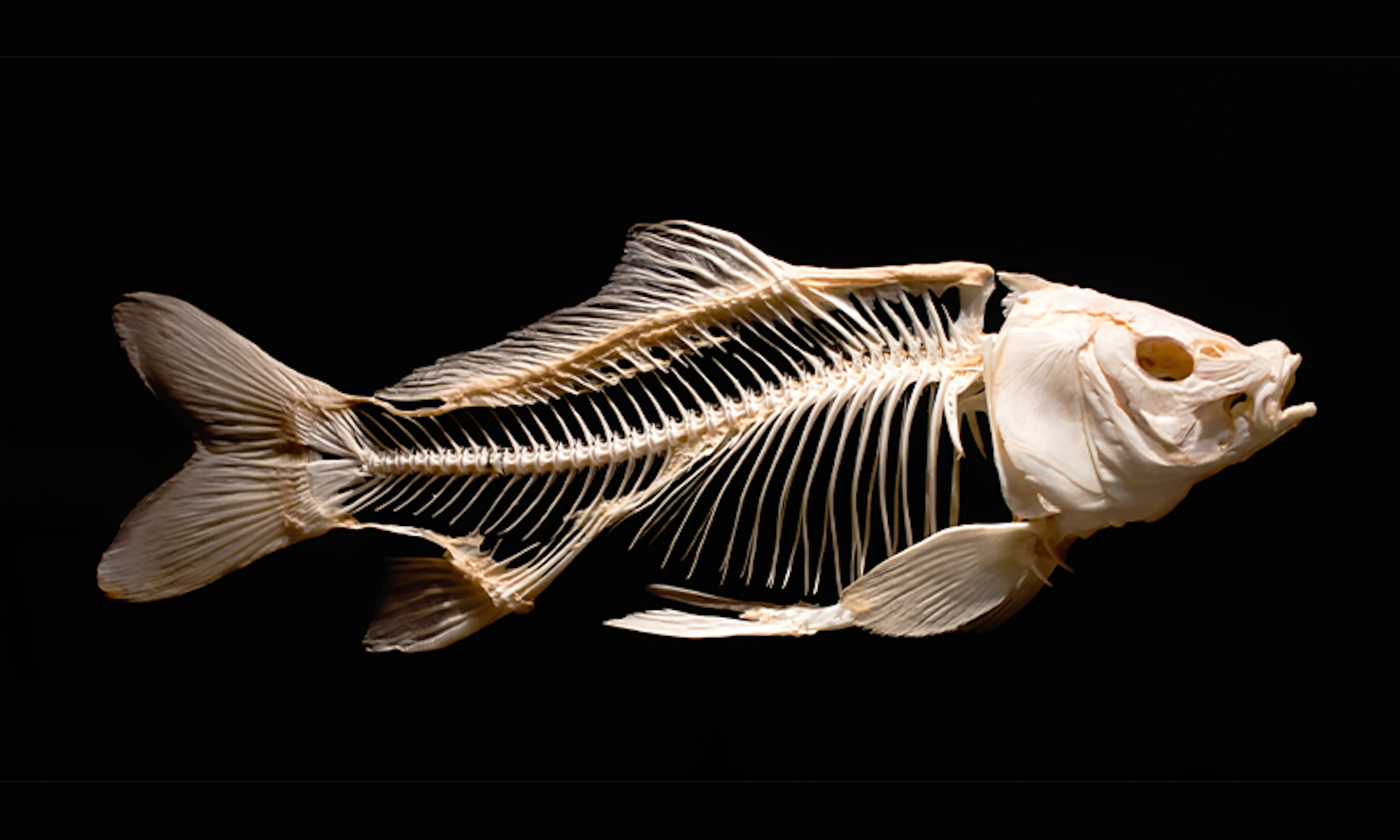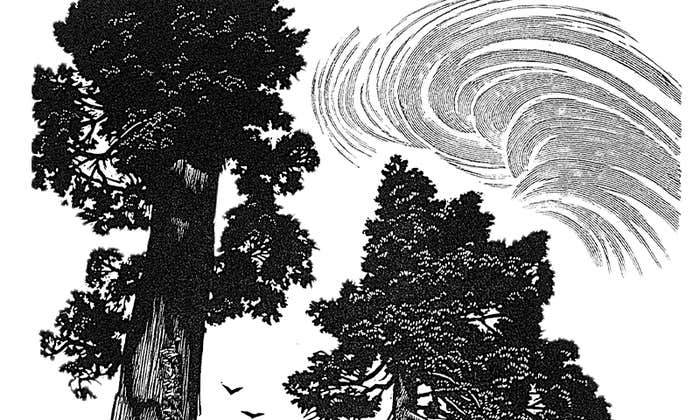1 Naturalists Still Use Methods Common in the 1700s
Naturalists have long had to look in odd places to broaden the scope of human knowledge. In the 1700s, they would frequent fish markets to find new specimens and cut open the guts of predators, like sharks, to locate deep-sea or otherwise rare species. They harnessed both lay knowledge and the interconnectedness of life to enrich their understanding.
When I spoke to contemporary fish researchers for my book, Curious Species, I learned they still do these same things: scrutinize the goods at fish markets and sort through fish bellies. In fact, some species that have only ever been formally documented once—including a brown subtropical eel called Ethadophis merenda and a species of snailfish from the Indian Ocean called Paraliparis infeliciter—were found in the stomachs of predatory fish. (It’s no coincidence that the species name merenda means snack, and infeliciter bad luck.) Unwitting animal collectors have proven essential for finding hard-to-reach creatures. And these gory examples represent just a few of the many uncanny echoes between the 18th-century past and the present that I stumbled upon while researching my book.

2 Museums Are the New Field of Discovery
Writing this book led me to spend many hours in those corridors of natural history museums the public rarely gets to see: their specimen collections, whose holdings can number into the tens of millions at the larger institutions.
Far from serving as commemorative graveyards, these storehouses function as active research sites for scientists and harbor many a hidden gem for the historian, too. Biologists continue to discover new species among the cabinets and trays of old specimens by studying their morphology and genetics. That’s how the olinguito—a small South American mammal related to raccoons—was described as a new species in 2013. The first indicator (at least to professionalized science) that it might differ from other members of its genus, the olingos, came not initially from field encounters in its cloud forest habitat but from specimens stored in a museum.
Contemporary researchers still sort through fish bellies to identify new specimens.
There are simply so many specimens in these repositories that their expert keepers can’t keep a mental inventory of every item in the collection. One curator and I were dumbstruck when we happened upon a roughly 300-year-old rattlesnake at London’s Natural History Museum that was part of the collection of Sir Hans Sloane. Sloane, a one-time President of the Royal Society, died in 1753, after which his collections were assembled to found the British Museum. But his preserved animals were almost entirely annihilated by fire in the 19th century. And it was no accident: Museum staff set out to torch his decaying and, to their minds, unsystematic zoological holdings. Animal stragglers from his collection exist, but it’s a bit like finding a needle in a haystack.
3 The Golden Age of Natural History Had a Dark Side
The catacombs of natural history museums harbor hidden human stories, as well. In another vault—this one was literally a bomb-proof vault—I matched two dried fish specimens Carl Linnaeus received some 250 years ago to a letter written by Charleston, South Carolina-based physician and enslaver Alexander Garden.
Garden’s letter to Linnaeus reveals the fish were collected and preserved by a man he simply calls a “black servant”—someone almost certainly enslaved based on contextual clues. The 18th century was a golden age of natural history, but it often flourished by committing human horrors. Naturalists used enslaved labor to build their specimen collections, and they both abetted and benefitted from a colonial enterprise that killed millions of Indigenous people. Behind every specimen, modern or historical, there is very often a shadow story of how it came to find its way into the museum.
Lead image: Tennessee Witney / Shutterstock






























